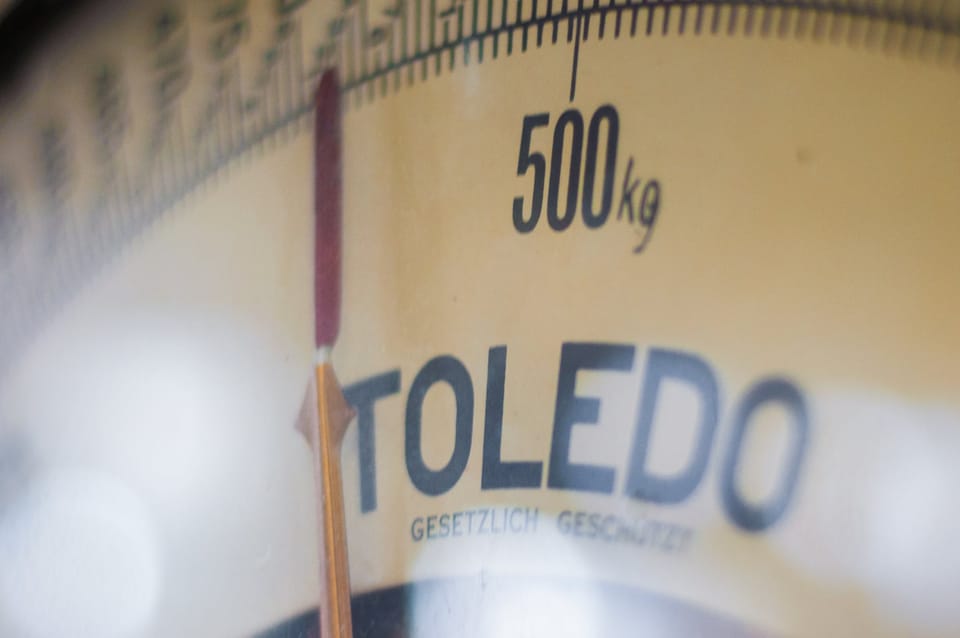You don't have to be 100% sure

“Are you sure?” you have received this question, and you have asked this question numerous times. There is only a yes or no answer, and either you agree or disagree with the answer. There is little space for discussion.
How sure are you?
Instead of asking if somebody is sure, ask them how confident they are.
We would be better served as communicators and decision-makers if we thought less about whether we are confident in our beliefs and more about how confident we are. Instead of thinking of confidence as all-or-nothing (“I’m confident” or “I’m not confident”), our expression of our confidence would then capture all the shades of grey in between.
Annie Duke
From a black and white answer, the answer changes into a range: I am 60 to 80% sure. And with that, you can have a meaningful discussion on why the level of confidence is on that level and, more importantly, how you can move further up in confidence level.
Improve your decisions
A good decision combines how incomplete your information is and luck. When you make confidence into a range, you give uncertainty an explicit position in your decision making. It will allow you to measure it and work towards complete information.
Furthermore, instead of two competing views (0% sure or 100%), there is now a view on which you can collaborate to close the gap.
